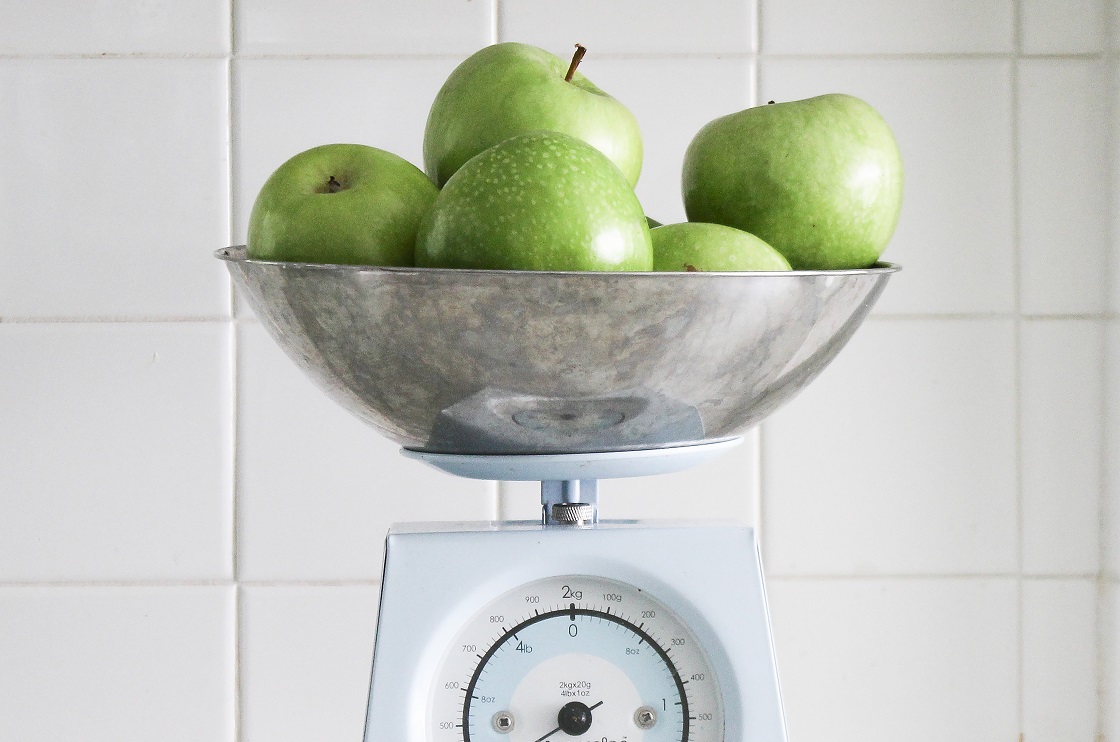If you own individual bonds, as opposed to bond funds, you have the option to sell your bonds rather than holding them to maturity. There are a number of reasons why you might sell a bond before it matures, but we’re going to focus on an important opportunity bond investors have today to enhance returns through roll yield.
In recent years, short-term interest rates have been very low, which causes a steep yield curve. A corporate bond might have a yield to maturity of 3-5% when it has 5-10 years to maturity, but a similar bond with only one year before maturity may yield only 1-2%. Bond yields and prices have an inverse relationship, so as bonds near maturity, their yields shrink and the prices of those bonds increase.
Here’s an example: Let’s say we purchase a 5-year bond with a 5% coupon at par ($1000). One year later, the bond has four years remaining, and let’s say that similar bonds have a yield to maturity of 4%. The price of our 5% bond is now $1036. If we sell the bond after one year, we will have received $50 in interest, and we will made $36 in capital gains, for a total increase of $86, or 8.6%. The $36 gain is the roll yield, and it nicely enhanced our return from 5% to 8.6% for just one year.
When you buy most bonds, it’s not likely that the price of the bond will stay the same until maturity. Because of the steepness of today’s yield curve (low short-term rates), bond investors can benefit from selling bonds above par before maturity. If we go back to our example of a 5% coupon bond, let’s fast forward a couple of years to when the bond has just one year left to maturity. If the yield on 1-year bonds is 1.5%, our bond would be worth $1034. We could sell for $1034 today versus waiting a year to get back $1000. And while we’d miss out on the final $50 in interest payments, we could use our $1034 to buy other bonds further out on the yield curve. Also, given that the $34 gain would be treated as a capital gain (at a 15% tax rate for many investors), whereas the $50 bond interest would be treated as ordinary income (25%, 28%, 33%, 39.6% or higher), the after-tax return of selling a year early is almost the same as holding until maturity.
Generally, we advocate a laddered approach to individual bonds, but for the last several years, low interest rates have made it possible to sell bonds a couple of years before maturity to take advantage of roll yield. If your bonds are priced with a yield to maturity of 2% or less, it is definitely worth a look to see if you might benefit from selling rather than holding to maturity. This type of active management takes a bit of work, and frankly, we don’t see a lot of other advisors providing this level of service.
We typically suggest using bond funds for portfolios under $1 million dollars, because it is difficult to achieve a satisfactory level of diversification on smaller portfolios. The managers of your bond fund are likely looking closely at roll yield as well as other reasons to buy or sell bonds, to take advantage of the current interest rate environment. This is one of the reasons that it may be easier for fixed income managers to have a better chance of outperforming their benchmark than equity managers. While 65-80% of equity managers typically underperform their benchmark over five years, according to S&P, only 41.09% of intermediate investment grade bond funds were beaten by their benchmark from 2010 through 2014.
Equities tend to get all the attention, but many of our clients have 30 to 50 percent of their portfolio in fixed income. It’s important that investors do a good job selecting and managing both their equity and fixed income holdings. If you currently have a portfolio of individual bonds, bring me a statement for a complementary portfolio review. I’ll analyze your portfolio and suggest which bonds to keep and which ones to sell and replace. Or if you’re trying to decide between individual bonds or bond funds, please give me a call.







